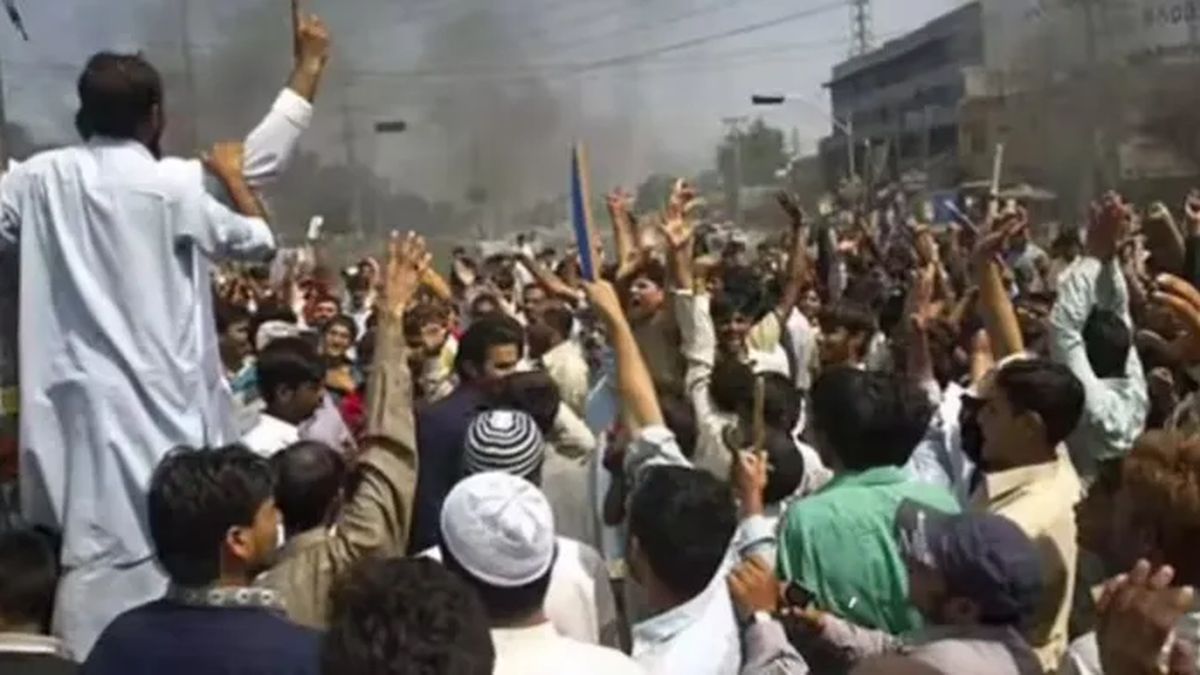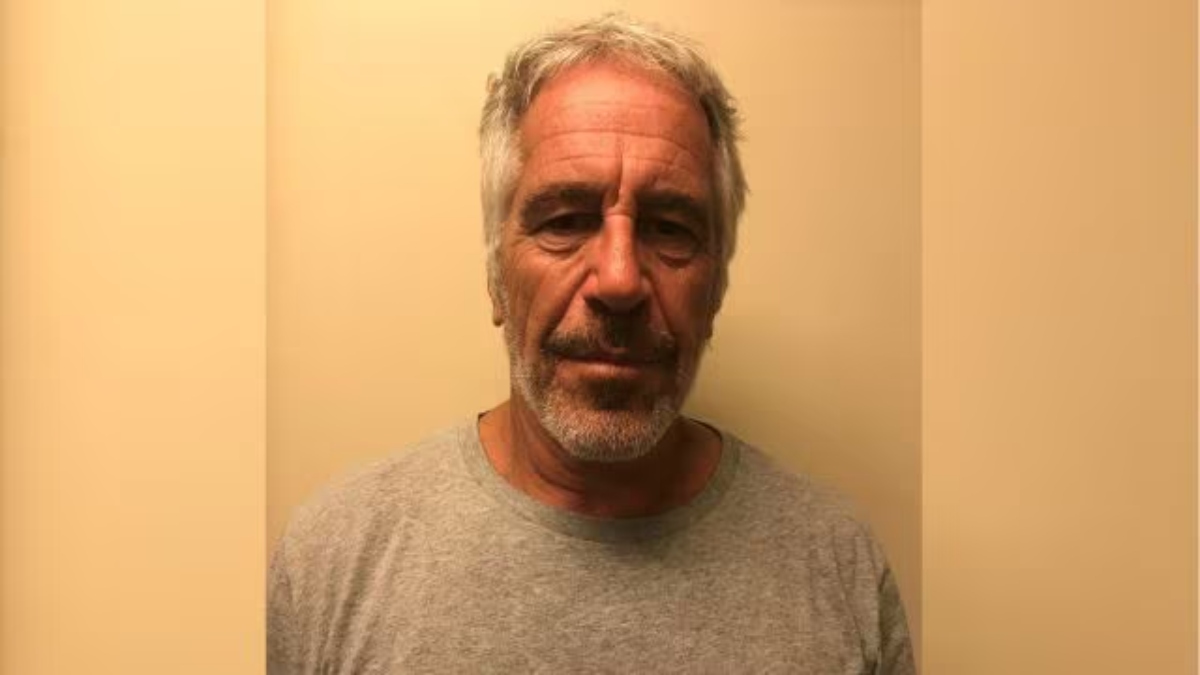Tensions are rising in Pakistan-occupied Kashmir. Thousands, led by the Awami Action Committee, are out on the streets, demanding structural reforms, including subsidies on flour and electricity, as well as the abolition of 12 legislative seats in the PoK assembly reserved for Kashmiri refugees living in Pakistan
Pakistan Prime Minister Shehbaz Sharif is trying to woo US President Donald Trump. But maybe he should look at his own backyard where trouble, that could spell trouble for him and his administration.
A massive anti-government protest is set to rock Pakistan-occupied Kashmir (PoK) on Monday (September 29) with the Awami Action Committee (AAC) launching a “shutter-down and wheel-jam” strike, demanding long-denied political and economic rights.
There are also fears that the PoK diaspora community in countries like the United States, United Kingdom and across Europe are also expected to stage protests to internationalise the issue.
But why are these protests happening? Who’s behind them? What could be the consequences of this protest?
Mass protests across PoK
On Monday (September 29), the Awami Action Committee (AAC), a civil society alliance, has called for massive protests across Pakistan-occupied Kashmir. Shaukat Nawaz Mir, a core AAC leader was quoted as saying in Muzaffarabad, “Our campaign is not against any institution but for the fundamental rights denied to our people for over 70 years. Enough is enough. Either deliver on rights or face the wrath of the people,” he said.
Mir said Monday’s lockdown is a direct response to years of government neglect and corruption, as well as the region’s resources being wasted on political patronage and bribery.
There’s widespread support for the protests with lawyers and other civil society organisations expressing support for the shutdown, calling it a legitimate democratic right. Businesses, markets, and transport services are expected to be affected, bringing daily life to a near standstill.
But why the protests today?
The AAC has a long list of demands, a 38-point charter, that it wants the Pakistan government to fulfil. The demands that the AAC has made of the Shehbaz Sharif government are:
- The AAC has demanded for the abolition of 12 Assembly seats reserved for Kashmiri refugees settled in Pakistan. The alliance states that these seats distort local representation and allows Islamabad undue control over PoK’s politics.
- The AAC has also called for renegotiation of hydropower projects, stating that they should benefit the local communities.
- The AAC has also urged for more subsidies on essentials such as flour as inflation keeps pushing prices of the staple up.
- The AAC has also asked for subsidies on power bills, citing the exorbitant amounts that locals have to pay.
According to a Dawn report, the “shutter-down and wheel-jam” strike is the result of a breakdown of talks between the AAC and the government over the weekend. The ministers who were present in the talks were quoted as saying, “Issues that require constitutional amendments or subordinate legislation by the Parliament (Legislative Assembly) cannot be decided by a few people in a closed room. That is why the negotiations ended without results.”
The ministers said progress had been made on pending matters, until the negotiating team “suddenly created a deadlock” by pressing for abolition of elite perks and the 12 refugee seats.
A history of unrest in PoK
Monday’s protests in PoK won’t be the first in the region. In fact, the region has long been a hotbed of unrest with locals alleging years of neglect and systemic corruption.
Last May, the region witnessed several shutdowns and demonstrations over demands including subsidised flour and electricity. At the time, demonstrator said the people of PoK should get electricity at cost since it is generated locally, through Mangla Dam, situated in the Mirpur district of PoK.
Following those protests, India had noted that the agitations are a “natural consequence” of Islamabad’s continued policy of systemic plundering of resources from the region that remains under its “forcible and illegal” occupation.
According to experts, the current unrest in PoK dates back to 2023 when people started protesting against the Government of Pakistan for increasing the rates of electricity and withdrawing subsidies on wheat.
Even in 2022, massive demonstrations had taken place against the Pakistan government’s plan to bring in the 15th amendment to fix the Constitutional Status of the occupied territory. At the time, the protesters burnt tyres and blocked highways to raise their anger. They chanted slogans against joining Pakistan, against the constitutional amendment and demanded freedom from Pakistan.
Pakistan on edge over PoK protests
Fearing an escalation of violence, the Pakistani government has deployed over 1,000 police personnel from Islamabad, alongside paramilitary rangers reinforcements from Punjab province, to maintain law and order.
Additionally, the internet has been shut down across the PoK from midnight, in what rights groups say is an attempt to suppress digital mobilisation. On social media, videos were circulating showing convoys of security forces moving into the region, heightening speculation of a heavy-handed crackdown.
The Pakistan administration fear the protests in PoK could have a widespread impact — the Shehbaz Sharif government fear these protests could escalate into broader demands for Azadi (freedom) from Pakistan.
We shall wait and watch to see how the protests unfold today (September 29) and what happens next.
With inputs from agencies

)

)